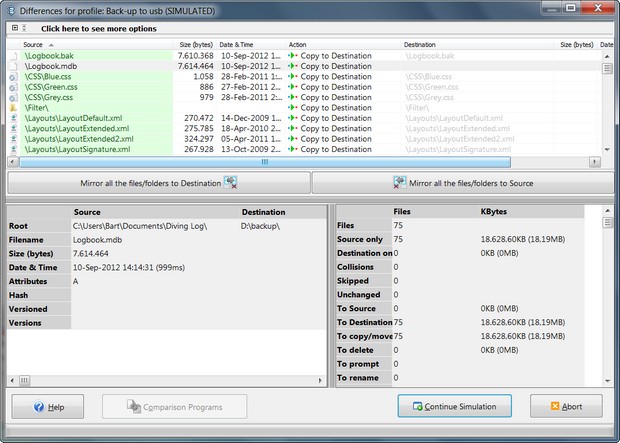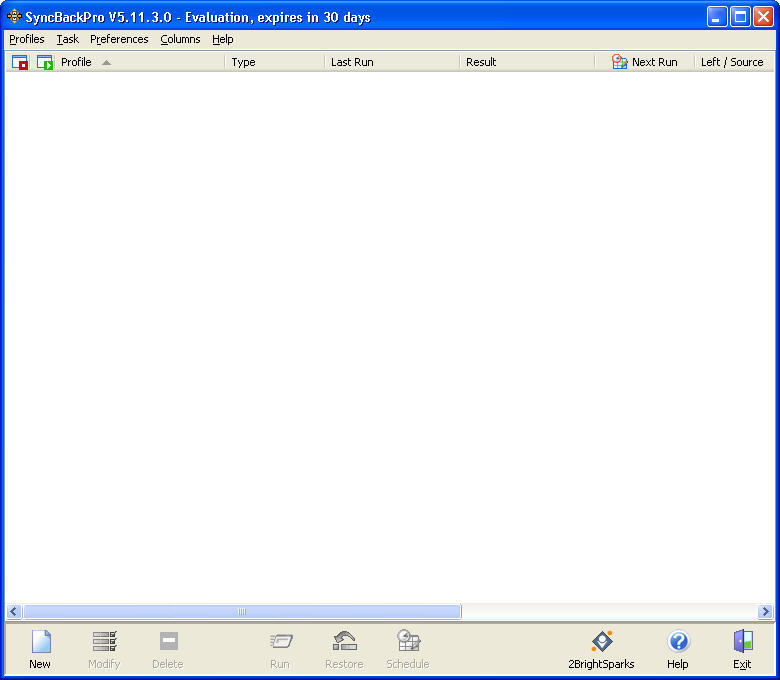


But Time Machine requires the drive be formatted for macOS only and loses compatibility with Windows. MacOS – Backup is not available in Toolkit for macOS, so users will find that Time Machine best meets their backup needs. You are able to have a Toolkit Backup and Mirror plan running at the same time. Windows - Most prefer the Backup feature since it provides scheduling options and allows selection of files and folders to back up, unlike Mirror which creates its own folder. Mirror ensures the most recent changes made to any given file are on your computer and drive, while backup is appropriate for longer term plans, such as finding an old file that might’ve been deleted from the source by accident.
Mirror does NOT provide a full Image/System Image of the internal drive, it is data onlyĭetermining which feature is best for you comes down to your specific needs:. Mirror is a two-way-sync, meaning if data is added, deleted, or edited in either Mirror folder, the same will be applied to the other Mirror folder. If the original data is not copied then some data may be duplicated on the internal drive Data that gets placed in that folder will then get mirrored to the external drive’s Mirror folder. Mirror creates a new computer folder named Mirror. Backup allows users to select source folders from internal drives. Backup provides scheduling options whereas Mirror is continuously monitoring the ‘Mirror’ folder(s) that Toolkit creates. Backup is a Windows only feature and Mirror is available on both Windows and macOS. But instead of mirroring your data from a computer folder to the Cloud, the data is mirrored from the computer’s Mirror folder to your external drive.ĭifferences between Toolkit’s Backup and Mirror features: 
Toolkit’s Mirror feature behaves similarly to Google Drive, Dropbox, OneDrive, etc.







 0 kommentar(er)
0 kommentar(er)
